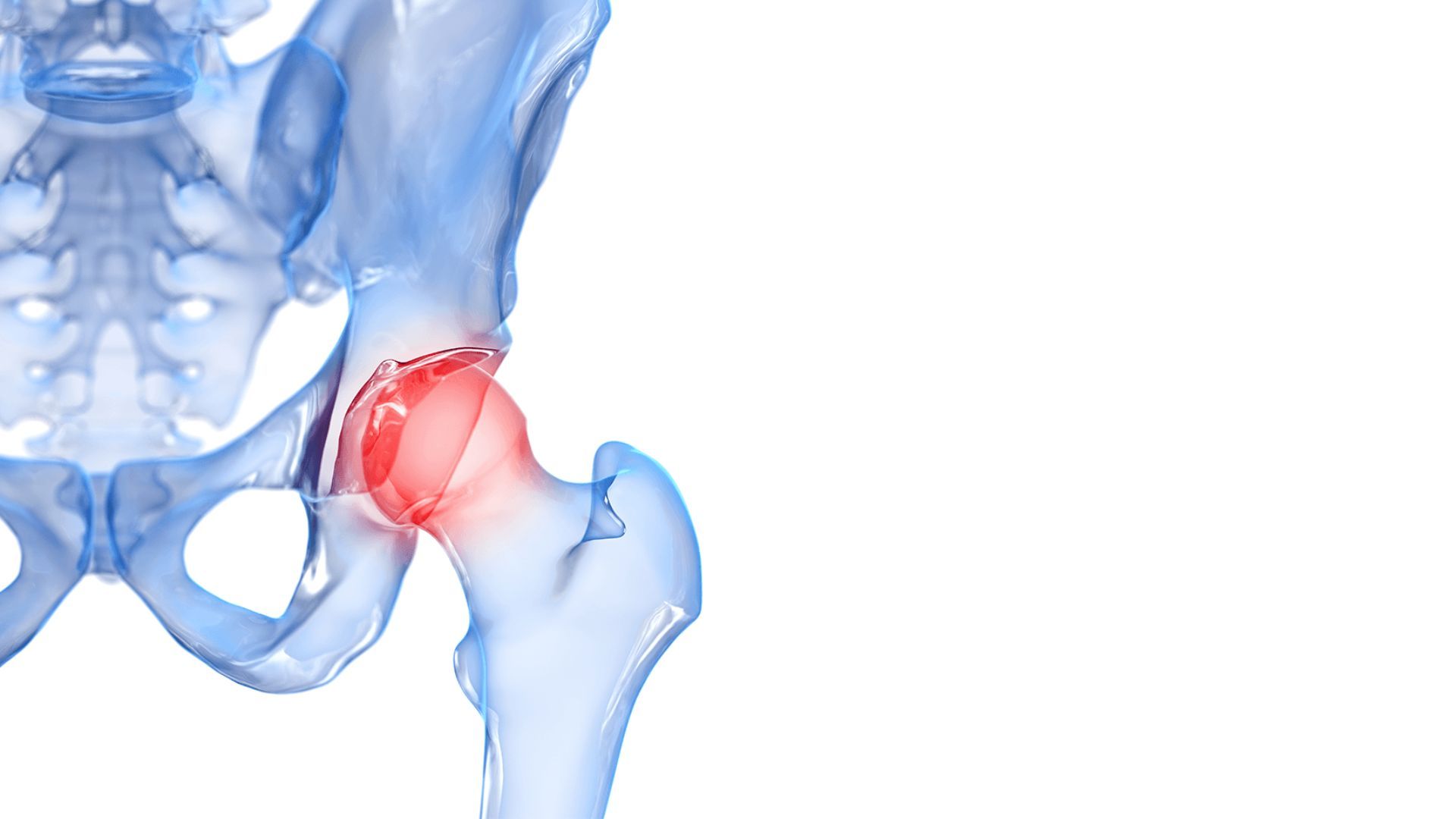
The Difference Between Cemented and Uncemented Implants for Total Hip Replacement
Overview of Hip Replacement Implants
Hip replacement implants are prosthetic devices used to replace the damaged hip joint. These implants mimic the natural structure and function of the hip, allowing patients to regain mobility and reduce hip pain. The main components of a hip implant include the femoral stem, which fits into the thigh bone; the acetabular component, which replaces the hip socket; and the bearing surface, which provides a smooth surface for joint movement.
There are two types of hip replacement implants: cemented and uncemented. Each type has its own unique method of fixation and is chosen based on various patient-specific factors and the surgeon's preference.
Cemented Implants
Cemented implants are fixed into place using a special type of bone cement. During surgery, the bone cement is applied to the prepared bone surfaces, and the implant is then pressed into position. The cement hardens quickly, securing the implant firmly to the bone.
Cemented implants are often preferred in certain scenarios:
- Older Patients: Cemented implants are typically chosen for older patients who may have weaker bones that might not support the growth of an uncemented implant.
- Osteoporotic Bone: Patients with osteoporosis or other conditions that weaken the bones are more likely to benefit from the immediate stability provided by cemented implants.
- Immediate Stability: Cemented implants offer immediate fixation, which can be beneficial for patients who need to bear weight on the joint soon after surgery.
Advantages of Cemented Implants:
- Immediate Fixation: Provides immediate stability and fixation, allowing for earlier weight-bearing and rehabilitation.
- Predictable Results: The use of bone cement provides consistent and reliable results in terms of implant stability.
One of the potential downsides of cemented implants is complications arising due to the fragments of bone cement. Bone cement implantation syndrome (BCIS) is a rare complication in which the fragments of the cement are hypothesized to travel through the blood stream, causing inflammations.
Uncemented Implants
Uncemented implants, also known as press-fit implants, rely on a different mechanism for fixation. These implants are designed to integrate with the natural bone over time. The surface of uncemented implants is often porous or coated with materials that encourage bone growth. As the bone grows around and into the implant, it becomes securely fixed in place.
Advantages of Uncemented Implants:
- Potential for Bone Growth: Uncemented implants promote natural bone growth around the implant, leading to a more biological and long-lasting fixation.
- Younger Patients: These implants are often preferred for younger, more active patients with good bone quality, as they can provide a durable solution that adapts to the patient's bone over time.
- Reduced Risk of Cement-Related Issues: Eliminating the need for bone cement reduces the risk of cement-related complications.
One of the most common limitations of uncemented implants is associated with poor bone quality. Uncemented implants may not be suitable for patients with poor bone quality, as adequate bone growth around the implant is necessary for secure fixation.
What Doctors Need to Know
For healthcare providers, selecting the appropriate implant type for total hip replacement involves a thorough assessment of the patient's overall health, bone quality, activity level, and specific needs. Understanding the benefits and limitations of both cemented and uncemented implants is crucial for making informed decisions that optimize patient outcomes.
Key Considerations
- Patient Assessment: Comprehensive evaluation of the patient's bone quality, overall health, and lifestyle.
- Surgical Goals: Aligning the choice of implant with the surgical goals and the patient's rehabilitation plan.
- Long-Term Outcomes: Considering the long-term durability and potential need for future revision surgeries.
Latitud Hip Replacement System by Meril
The Latitud Hip Replacement System by Meril is a comprehensive solution designed to meet the diverse needs of patients undergoing hip replacement surgery, offering advanced materials and modular components for tailored, durable implants. Featuring highly cross-linked polyethylene and ceramic bearings, the system minimizes wear and extends implant lifespan. It restores natural biomechanics, enhancing mobility and reducing complications. The system supports uncemented fixation, allowing for secure placement based on patient-specific factors, and accommodates minimally invasive techniques to reduce recovery times and improve patient quality of life. Meril's commitment to innovation and quality is evident in the Latitud Hip Replacement System, providing superior outcomes for patients in India and globally.
Final Thoughts
Total hip replacement is a life-changing procedure that can restore mobility and reduce pain for individuals with severe hip damage. The choice between cemented and uncemented implants is a critical decision that depends on various factors, including the patient's age, bone quality, and activity level. Both types of implants have their unique advantages and potential downsides. By understanding these differences, patients and healthcare providers can work together to select the most suitable implant, ensuring the best possible outcomes for total hip replacement surgery.
References
https://www.sciencedirect.com/topics/engineering/hip-prosthesis#:~:text=A%20hip%20prosthesis%20comprises%20of,and%20(3)%20acetabular%20interface.
https://www.cortho.org/hip/uncemented-vs-cemented-hip-replacement/
https://www.hcahealthcare.co.uk/blogs/hip-replacements-everything-you-need-to-know#:~:text=Hip%20replacement%20for%20young%20patients,to%20a%20variety%20of%20sports.
https://hipknee.aahks.org/wp-content/uploads/2019/01/what-are-hip-and-knee-replacement-implants-made-of-AAHKS.pdf
https://www.sciencedirect.com/topics/engineering/hip-implant
https://orthoinfo.aaos.org/en/treatment/total-hip-replacement/
https://www.sciencedirect.com/topics/engineering/hip-prosthesis#:~:text=A%20hip%20prosthesis%20comprises%20of,and%20(3)%20acetabular%20interface.



